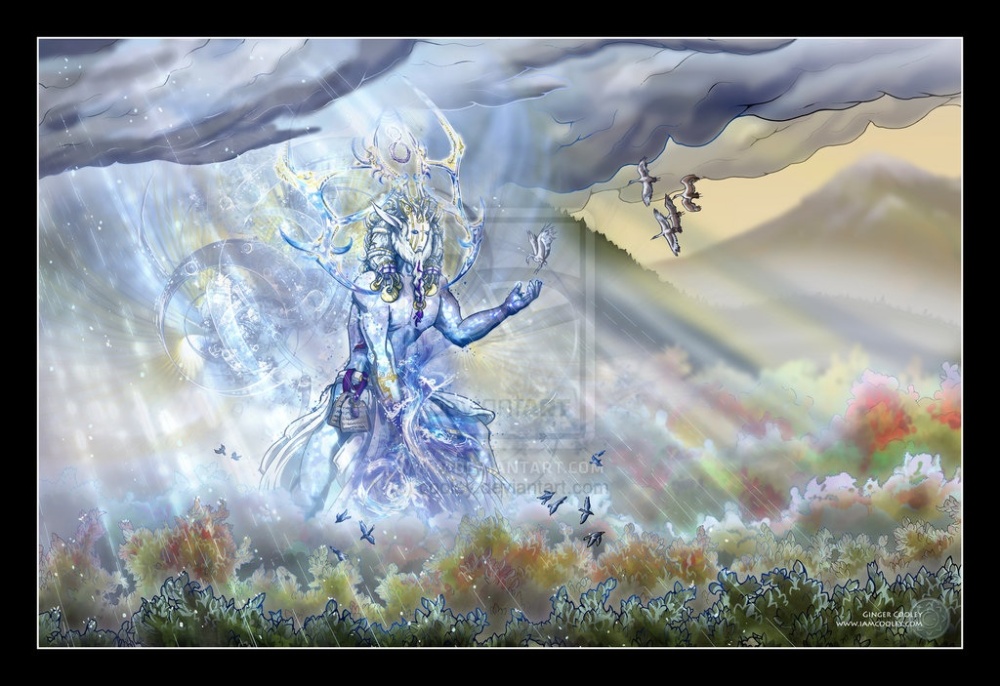I really enjoyed looking for the imagery in the poems housed in The Best Canadian Poetry. I didn’t realize how much imagery did affect me until this assignment or maybe till I started taking this class. Mooring states that “imagery is one of the elements most needed by poets and most called upon in the writing process.” I believe that. We students have been taught to introduce our poems with imagery and most here do like poem 3, “Here are sixteen pearly Buddhas.” instantly they pop into my head. I know exactly what they look like, the image nearly universal. It helps guide me through the rest of the poem, a journey through diminished faith in a barren world but still nocking around in our pockets.
Samurai Suits is steeped in potential violence, using militaristic words to paint the ideas in my head, like “lacquered face guards,” and “helmets bore wings,” to “armoured gloves.” I understand the tradition the poet is trying to convey and that the violence is tempered with rigid discipline and honour. There has to be attention to detail when using imagery, I’m learning. You can’t simply write “the sky is beautifully blue” and expect the reader to feel a connection. That’s too abstract and doesn’t even have “fresh or original language” as Mooring advises, to capture the readers imagination. There has to be a willingness to spend time weaving the detail, sculpting it until even four or five words can encompass a whole stanza’s meaning. For instance the first poem assigned had a great first line and image but I had a difficulty connecting to it because I didn’t even understand what the word “triceratops” was until I looked it up. I think maybe the word you base your first image on, to hook the reader has to be a tad more universal so that they want to leap into the poem and discover it and all the unknown words within.
Instructions for Shrinking Your Enemy’s Head, had some of the most surprising images to me because not only was it disturbing but it coupled fluid lyrical language in contrast to the horror of the images, for example, “slit the scalp from the crown to the sloping neck.” Slit, crown, sloping and neck are all graceful words, but when put in context and that image was playing in technicolor in my head. That’s nightmarish stuff but great technique.
One of the freshest and most beautiful images from Things I’ve Started at Since you Left was “blue ache of sea crystals trapped in white rock.” It’s a different take on the standard and cliche use of ‘her eyes were blue pools,’ that Mooring suggests beginning writers avoid.
The second to last poem Muslin Dress won me over. It reminded me of one of the poems we had to pattern our poems on, Let Evening Come by Jane Kenyon. Muslin Dress uses the word “line” as an image or to aid an image like, “ragged line of footprint” or “straight line the gun makes.” By the end of it all your seeing is lines in everything. It’s a great poem.
















